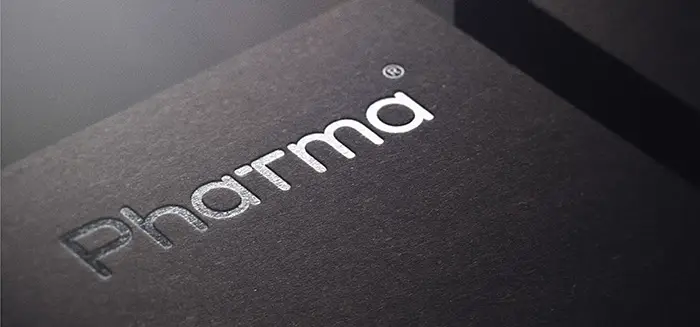
What Is EE Fish Oil—and Why It Was a Necessary Step Toward High Purity Omega-3
If TG fish oil was nature’s original form, then Ethyl Ester (EE) fish oil was the industry’s scientific answer to a growing problem: Natural omega-3s weren’t strong enough.
As research advanced, it became clear that most TG fish oils simply didn’t contain enough EPA and DHA to match the doses used in clinical studies. EE fish oil changed that—introducing a way to concentrate and purify omega-3s at a level never seen before.
Let’s take a closer look at what EE fish oil is, how it’s made, and why it played such an important role in the evolution toward more advanced forms like rTG fish oil.
What Is Ethyl Ester (EE) Fish Oil?
EE fish oil is a semi-synthetic form of omega-3 created through a process known as transesterification. In this process, the omega-3 fatty acids are detached from their natural glycerol backbone and chemically bound to ethyl alcohol (ethanol).
This change in structure makes it much easier to separate, purify, and concentrate the key active ingredients—EPA and DHA. Unlike traditional TG fish oil, which typically contains just 20–30% omega-3, EE fish oil can deliver purities of up to 99%
That leap in concentration was a game-changer for researchers, manufacturers, and consumers alike.
How EE Fish Oil Is Made
The production process begins with natural fish oil in its TG form. Under gentle heat and the presence of a catalyst, ethanol is introduced, triggering the fatty acids to release from their glycerol anchor. These freed fatty acids then bind with ethanol molecules, forming ethyl esters.
This new structure allows for molecular distillation, a technique that isolates and refines EPA and DHA with high precision, removing unwanted saturated fats, cholesterol, and other impurities in the process.
The result? A high purity fish oil that was easier to standardize, scale, and deliver in smaller capsules with larger benefits.
Why EE Fish Oil Mattered
EE fish oil opened the door to a new level of potency and scientific credibility. For the first time, researchers could match their study protocols to real-world products. Doses of 1g, 2g, or even 4g of EPA and DHA were now practical for daily use—without swallowing a handful of low-concentration capsules.
In fact, many of the most influential clinical trials in omega-3 research were based on EE formulations. For example:
- In GISSI-Prevenzione (1999), 1g/day of omega-3 was shown to reduce cardiac death by 30%.
- The JELIS Study (2007) used 1.8g/day of purified EPA and recorded significant reductions in coronary events.
- REDUCE-IT (2019) pushed the envelope further, using 4g/day of highly purified EPA ethyl ester to lower cardiovascular events by 25% in high-risk individuals.
These studies helped solidify high-purity omega-3 as a serious therapeutic tool, not just a supplement.
But EE Wasn’t Perfect
Despite its success in purity and scalability, EE fish oil presented some real-world challenges.
The body doesn’t naturally absorb ethyl esters as easily as triglycerides. Before they can be fully utilized, EE omega-3s need to be converted back into a usable form—usually by enzymes in the digestive system. This conversion step makes absorption slower and less efficient, especially in people with impaired digestion, low-fat diets, or sensitive stomachs.
Some users also reported side effects like reflux or burping, and studies confirmed that EE fish oil is significantly less bioavailable than other forms, especially when taken without food.
So while EE was a leap forward, it wasn’t the final destination.
The Rise of rTG Fish Oil: What Came Next
To solve the bioavailability problem, researchers developed rTG fish oil—or re-esterified triglyceride.
rTG takes the same high-purity omega-3s found in EE oil and reattaches them to a natural glycerol backbone, restoring the structure your body recognizes and absorbs more efficiently. It’s like giving the purified omega-3s a passport back into the system they were always meant to work in.
Compared to EE, rTG fish oil:
- Is absorbed faster and more completely
- Causes fewer digestive issues
- Delivers the same clinical-level purity, in a structure that works more naturally
Today, rTG fish oil is widely regarded as the most advanced and effective form of omega-3 available—especially in high purity omega-3 supplements for sensitive users, kids, and therapeutic use.
In Summary
EE fish oil was a necessary bridge—from natural but weak, to concentrated and clinically powerful.
It gave researchers and patients access to high doses of omega-3s that actually moved the needle. But like all transitions, it eventually gave way to something better.
That next step is rTG fish oil: a form that honors nature’s design, but with the precision and purity of modern science. And for those who want more from their omega-3—more absorption, more impact, more peace of mind—rTG is where the future lives.

